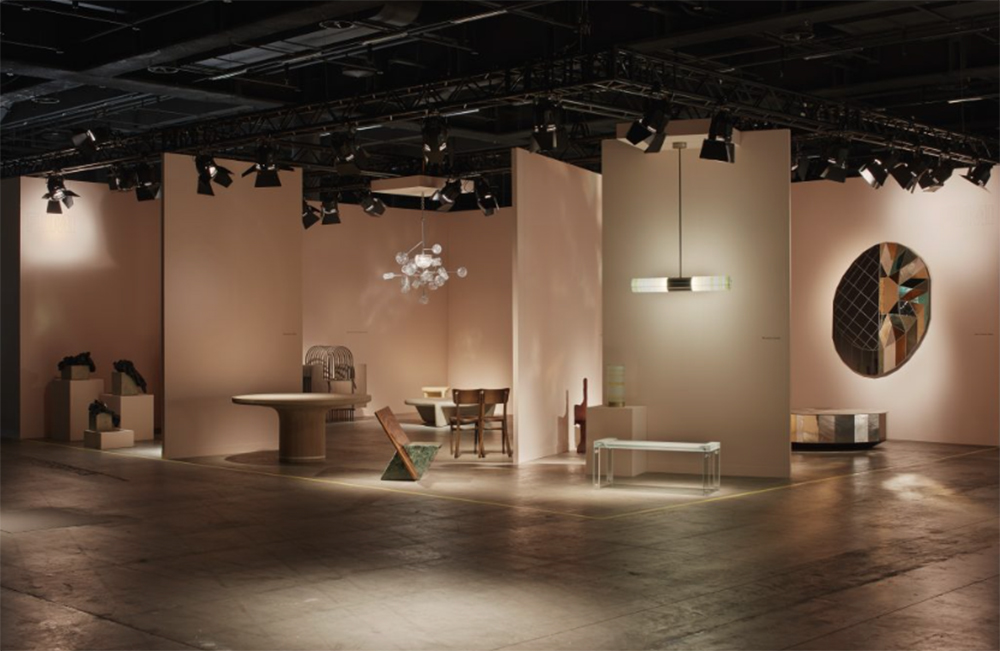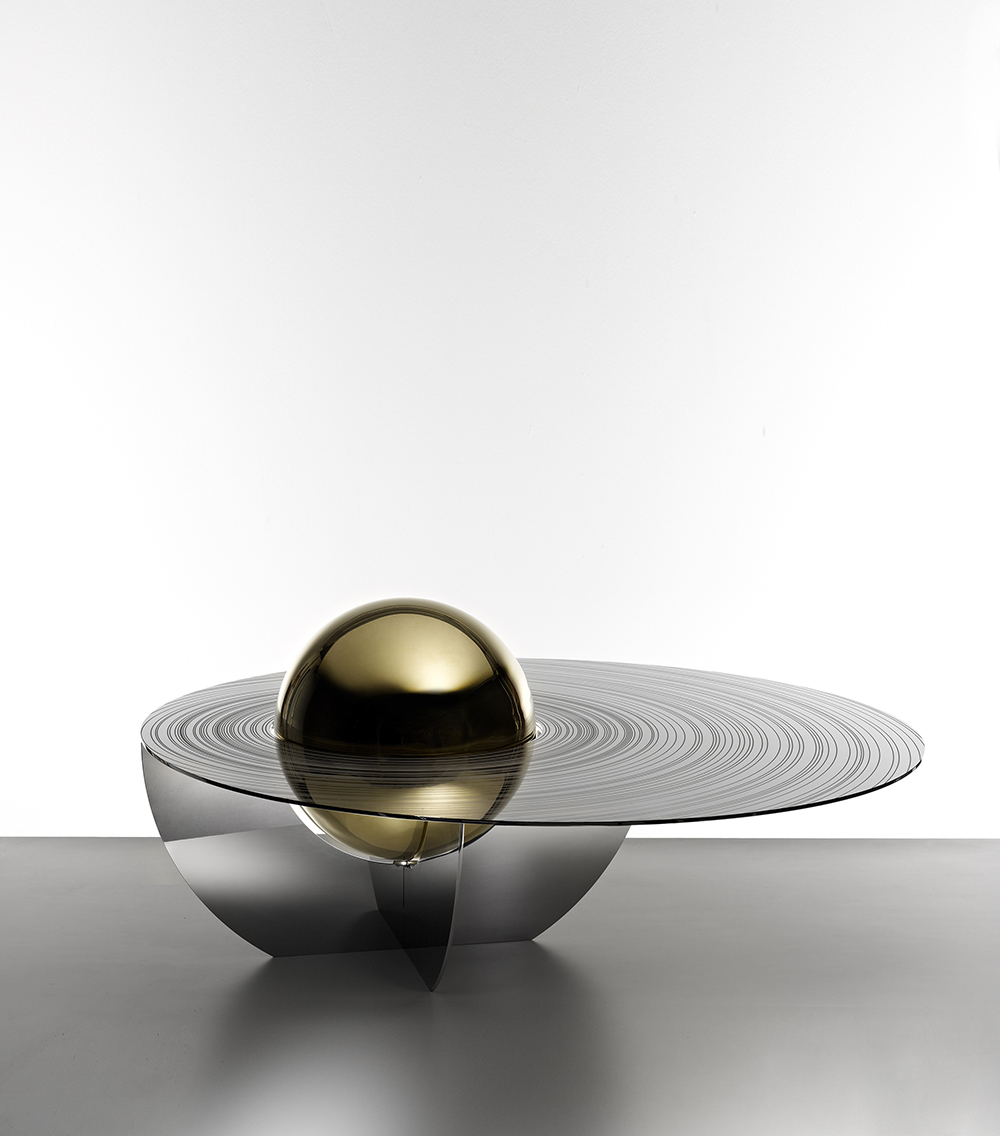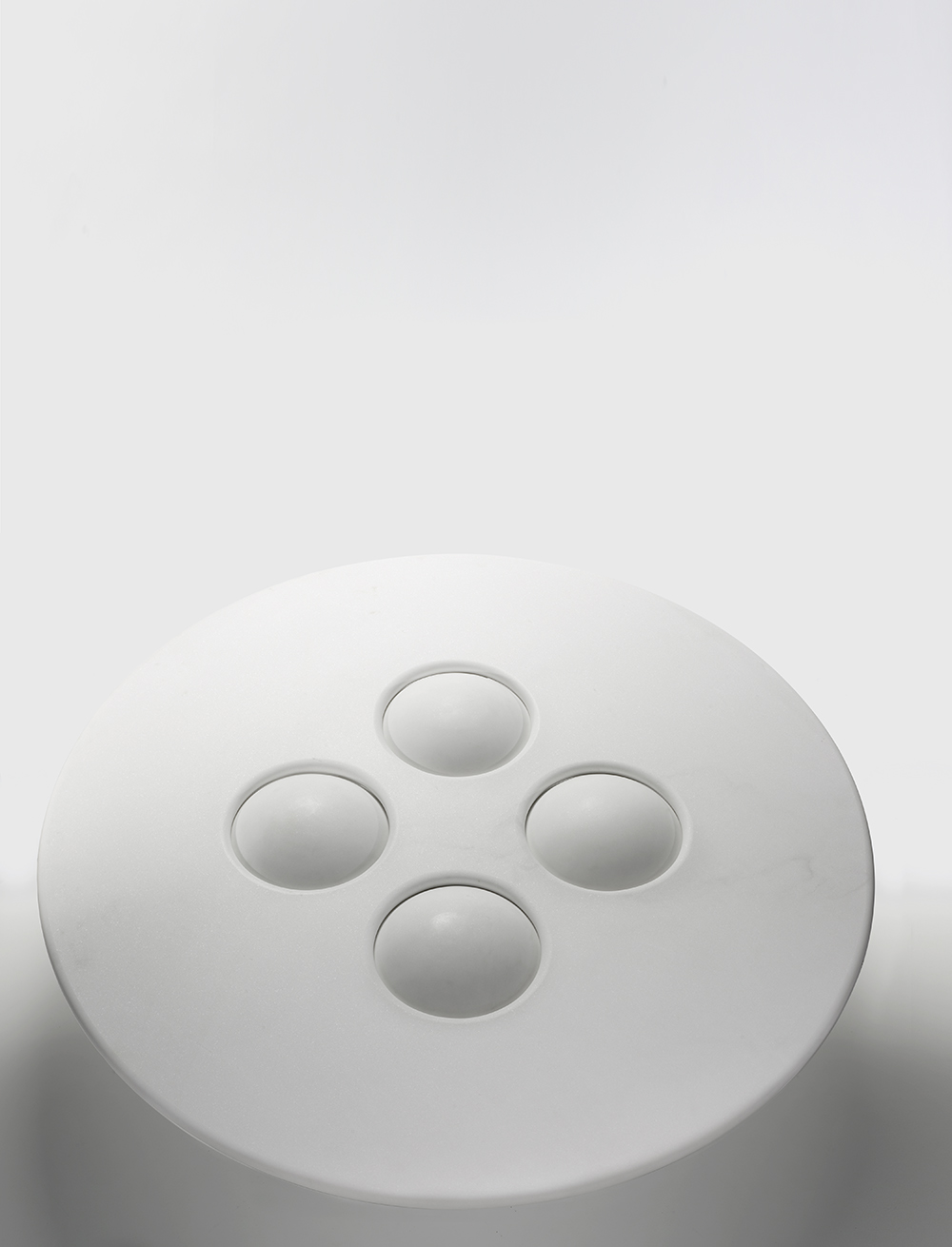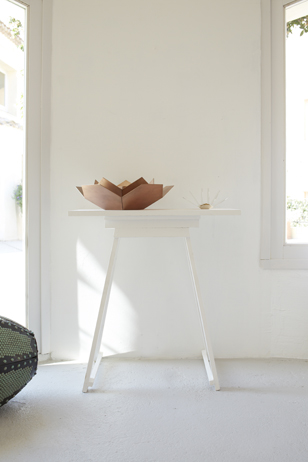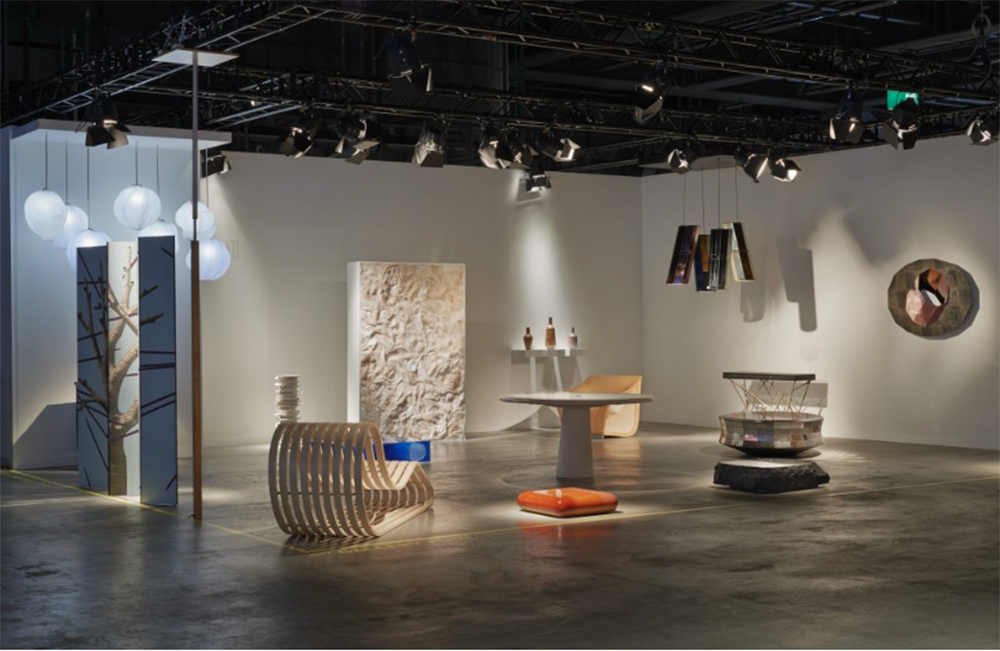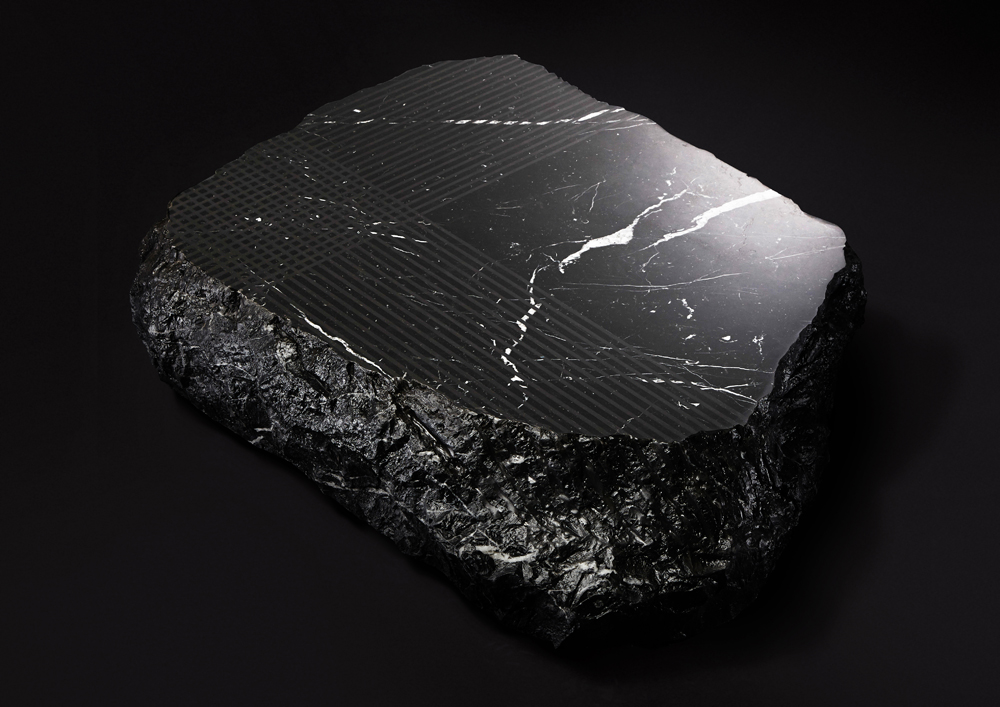Blog Archives
Gallery Fumi / PAD London / 2017
October 2, 2017
Gallery FUMI / Nomad Monaco / 2017
April 30, 2017
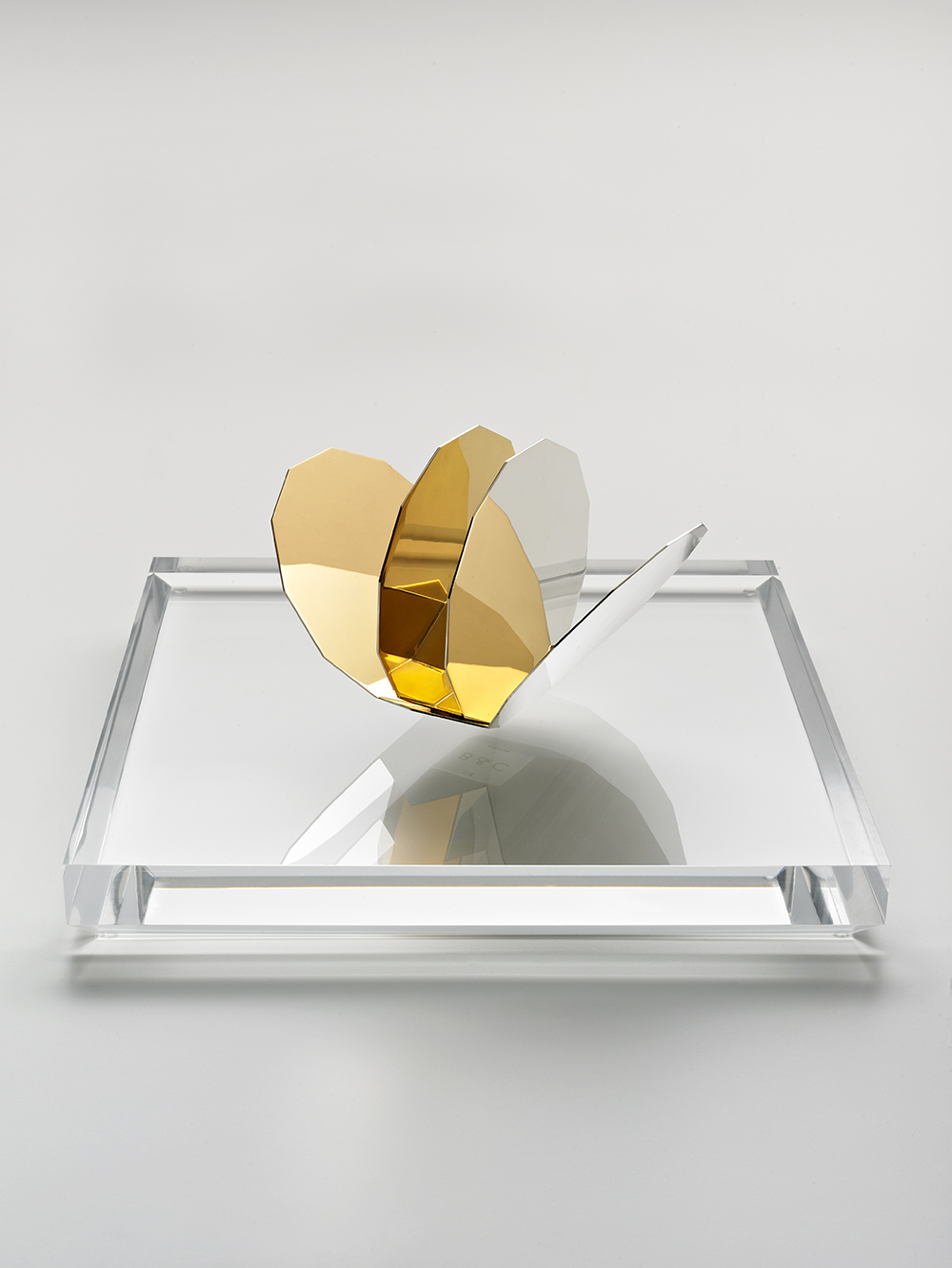

Gallery Fumi / PAD Paris / 2017
April 26, 2017
Gallery FUMI / Mayfair
April 21, 2017





Gallery Fumi / Design Miami/Basel 2016
June 13, 2016

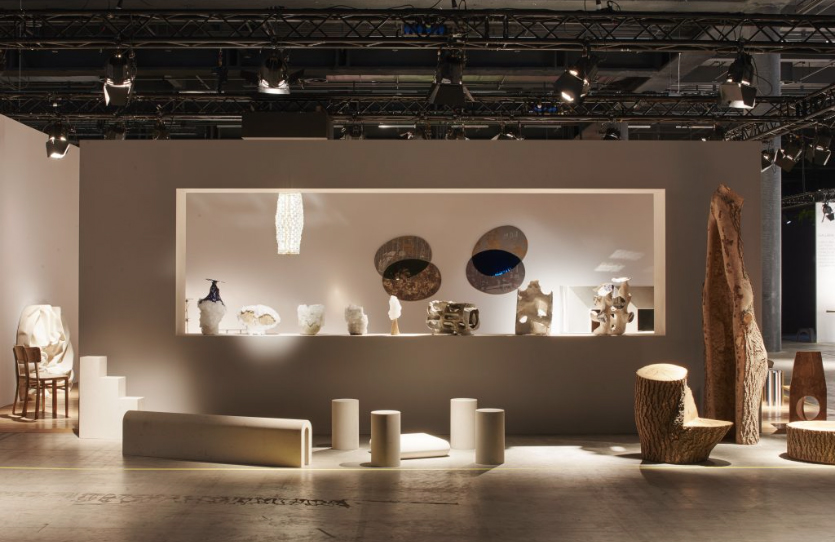

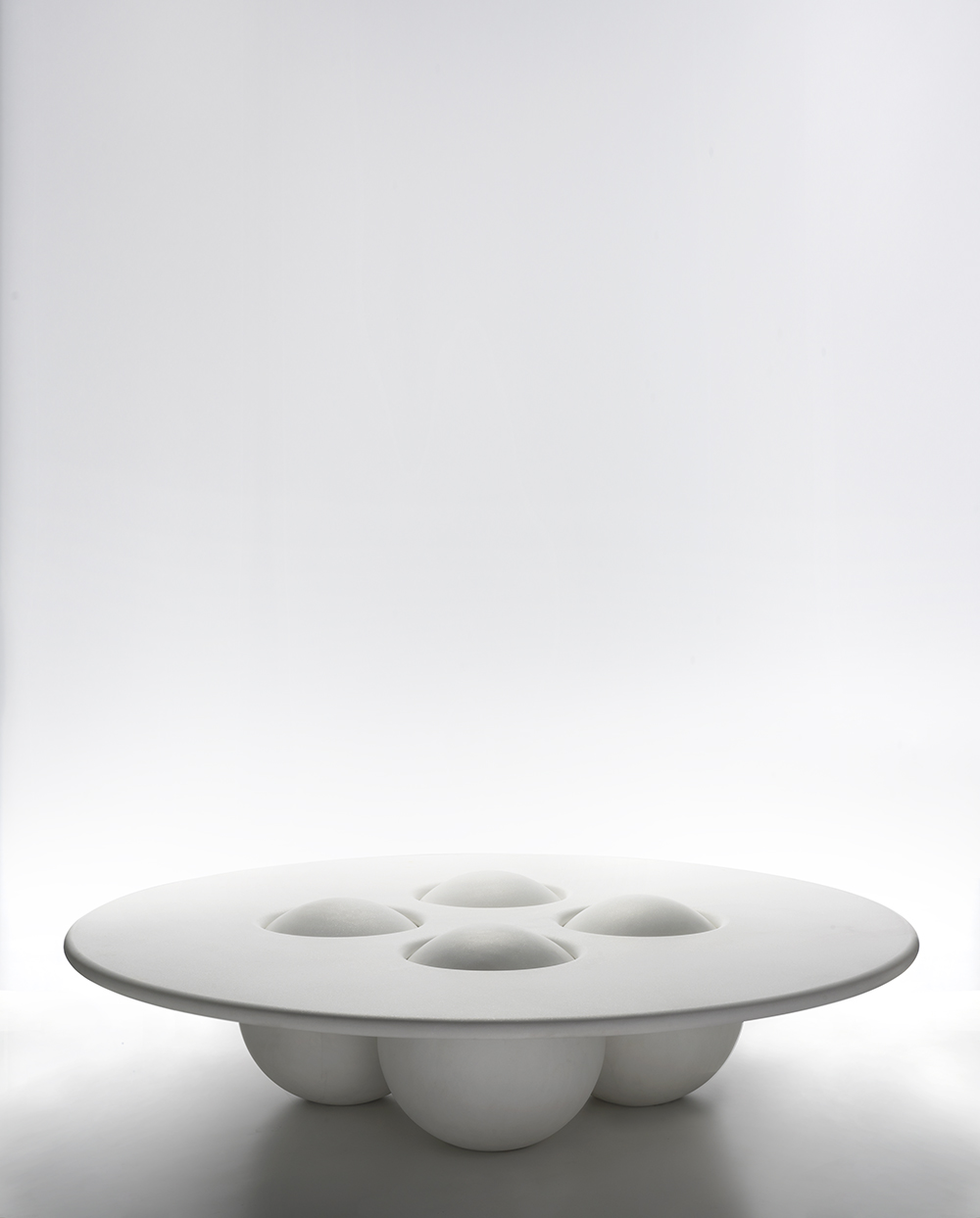
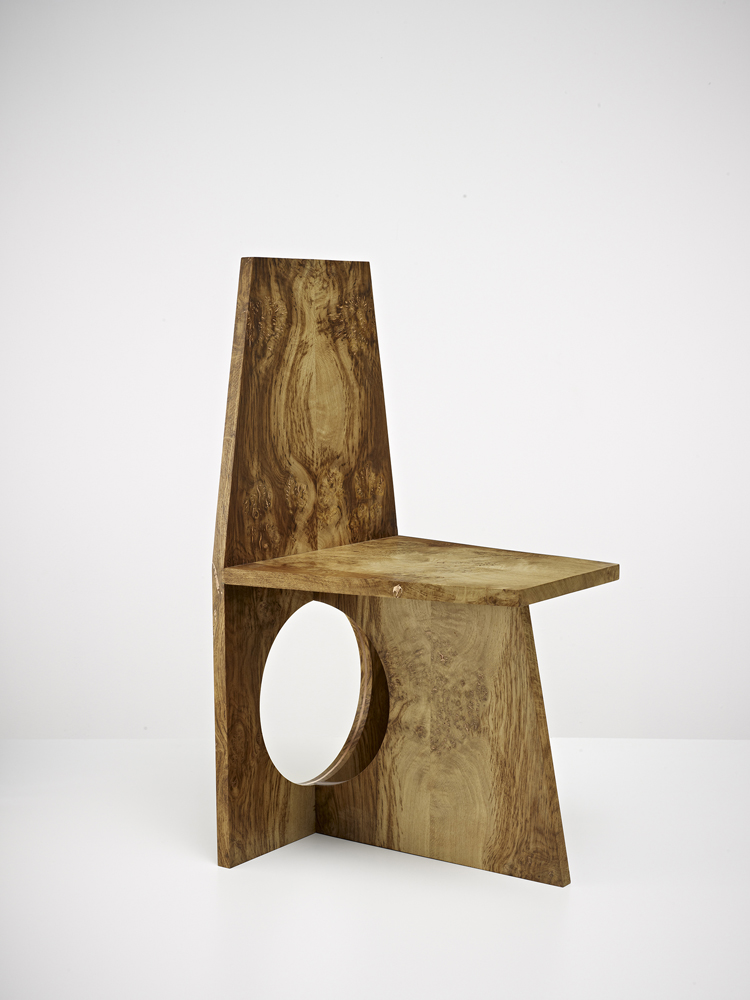
Gallery Fumi / Porto Cervo 2016
May 31, 2016
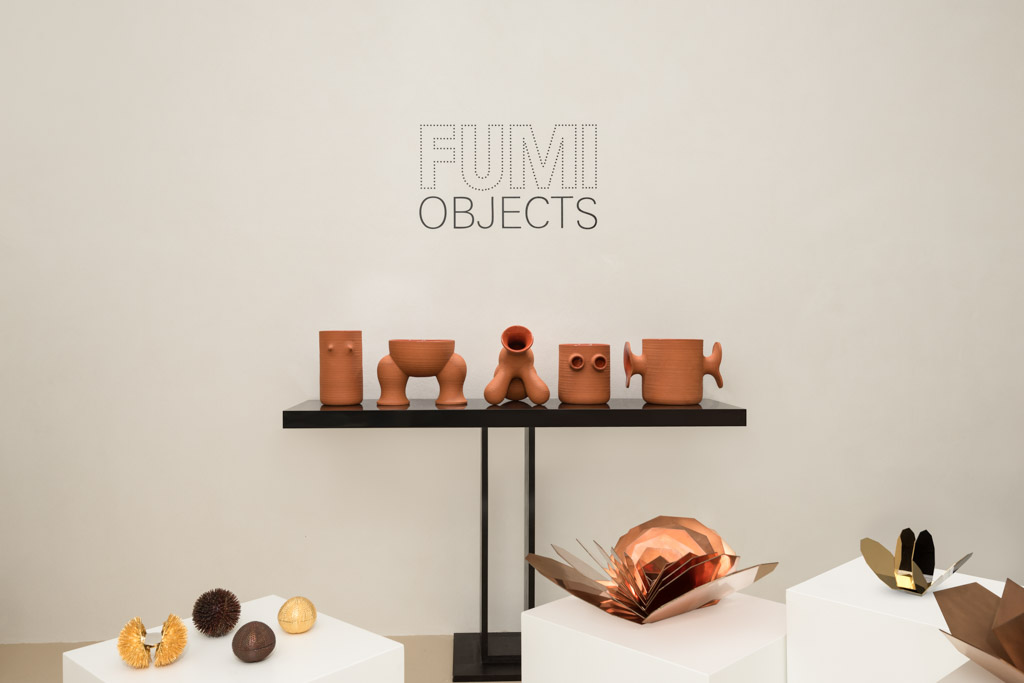

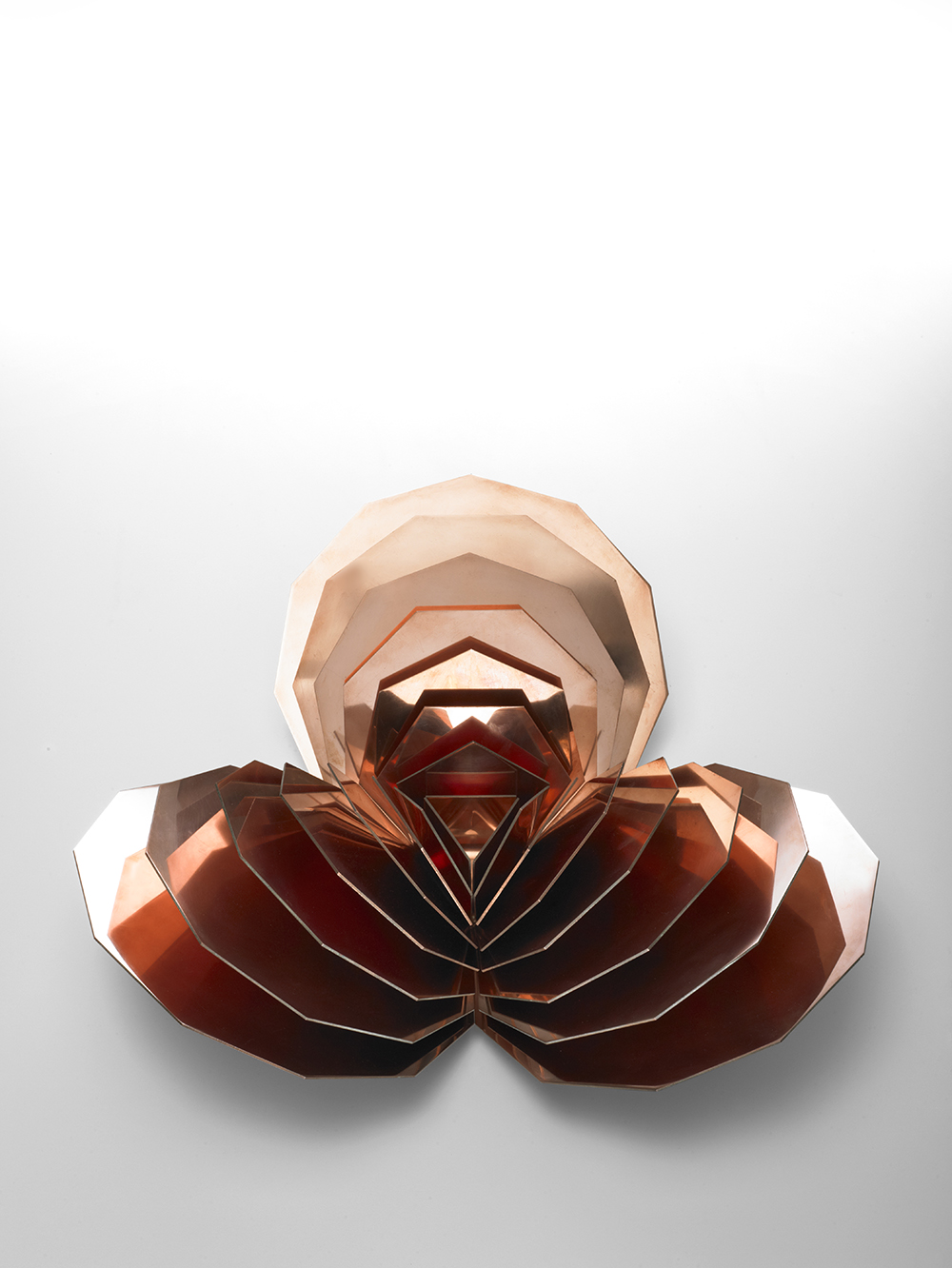




“Sempering” / MUDEC / XXI Triennale di Milano / 2016
April 11, 2016
As part of the of the XXI Triennale di Milano International Exposition, Brooksbank & Collins have been invited to exhibit our Me-Far Octo Bowl as part of an exhibition named “Sempering – Process and pattern in architecture and design”. The exhibition takes place at MUDEC – Museum of Cultures in Milan. The exhibition is curated by Luisa Collina and Cino Zucchi
The exhibition runs from 2 APR – 12 SEP 2016
Mudec – Museo delle Culture
via Tortona 56, Milano
Luisa Collina, Cino Zucchi with Valentina Auricchio, Simona Galateo
XXI International Exhibition, Triennale di Milano 2016
XXI Century. Design after Design
Sempering
(zʼɛmpərɪŋ); Engl. present continuous voice of the verb “to semper”. In architecture and design, a constructive action on a material or a compo-nent which leaves a meaningful formal trace in the final product. Neolo-gism from the surname of the German Architect Gottfried Semper, 1803- 1879, author of Der Stil in den technischen und tektonischen Künsten, 1860- 63; see Luisa Collina, Cino Zucchi, Sempering: Tectonics and texture in con-temporary architecture and design practice, XXI Triennale di Milano Interna-tional Exhibition, Catalogue, Milano 2016
Prologue
“Tectonics is an art which finds its model in nature, not in its concrete mani-festations, but in conformity with its laws (…). The field in which this art fulfils itself is the sensible world; its works exist in space and manifest themselves to our eyes as bodies, through form and color. Tectonics is therefore the real cosmic art; the Greek word cosmos, which has no equivalent in our present languages, defines at the same time the universal order and ornament. Be-tween the creation of tectonic art and the universal laws of nature exists a harmony that represents also its ornament.”
Gottfried Semper, Theorie des Formell-Schönen
In 1851, year of the first Universal Exposition in London, the German archi-tect Gottfried Semper writes Die vier Elemente der Baukunst, where he lists the elements of an ideal original dwelling – perhaps suggested to him by the Caribbean hut exhibited in the Crystal Palace – which could be considered
as fundamentals of architectures in all times and places: the fireplace, the roof, the pedestal/platform, and the enclosure.
Several nineteenth-century treatises tried to found architectural discipline on constructive principles common to all civilizations. The originality of Semper is in the use of them to order the variety of the ‘industrial arts’: he relates ce-ramics and metallurgy to the fireplace; hydraulics and masonry to the pedes-tal; carpentry to the roof and its supports; weaving to its partitions. The delim-itation of domestic space by rugs or mattings – rather than by the erection of the masonry structure which sustains them – is conceived by Semper as the primeval action of architecture. To demonstrate this – and struck by the con-sonance between the German word ‘Wand’ (wall) and the verb ‘Gewand’(to weave)- he shows how many historical ornamental motifs cannot be inter-preted if not with a ‘textile’ legacy; while other ones are still divided between a ‘tectonic’ origin (in Semper’s mind, the frame of light bars) and a ‘stere-otomic’ one (the layering of heavy elements), in the long dispute between carpenters and masons, between frame construction (Fachwerk) and mass construction (Mauerwerk).
Contemporaneity and history melt together in his attempt to bring back to well-known categories the phantasmagoria of artifacts exhibited in the large Crystal Palace glasshouse, where Semper -escaped from Dresden after the failure of the uprising for which he designed the barricades – cured the Cana-dian, Danish, Swedish and Ottoman sections.
Update
A year after Milan’s 2015 EXPO, and more than one hundred and fifty years after the publication of his Der Stil in den technischen und tektonischen Kün-sten, what classification would Gottfried Semper put forward to interpret the number of artifacts that today shape our environment, and that cross the es-tablished borders of any possible ‘system of the arts’, of any separation in competences and sectors in the design of objects, architectures, land-scapes?
In the wider context of the events produced by the XXI Triennale di Milano 2016 International Exposition, the exhibition Sempering, realized in the spac-es of the MUDEC in porta Genova, would like to focus the attention on sev-eral ‘ways of doing’ of contemporary design, without pretending to formalize a complete geography of them and without separating them into disciplinary typologies. A simple concept is at the base of its choices and its arrange-ment: the one of a continuous evolution and revision in time of the relation-ship between means and ends, between ‘methods’ and ‘forms’.
Engineers? Bricoleurs?
The first Modern, in its reformatory zeal, tried to wipe out every formal para-digm inherited from the past and to set forth the pretended universality of a ‘method’ capable of transforming the gathered data into a design outcome.
The designer dreamt by Modernism strongly resembles the ideal figure of the ‘engineer’ described by Claude Lévi-Strauss in La pensée sauvage (The Savage Mind, 1966): the one who has ‘method’ and not ‘form’, who creates “events through structures”; while his ‘bricoleur’ uses the forms and scraps
he has at hand to solve contingent problems, thus generating “structures through events”.
But Sempering does not employ any ideal figure, any abstract model; it simp-ly distances itself for a moment from the scientific and ‘universalist’ obses-sions of modern design, and brings back the attention on techniques, on practices rooted in concrete history; it tries to survey a contemporary design attitude which unites experimentation and research through the critical revi-sion of the customs, recipes, even of the technical and formal ‘prejudices’ that every shared culture inevitably reveals.
The research on new materials and on technical innovation put forward by modernism appears today to intertwine with the array of the practices that in history unites the natural elements – stone, wood, clay, iron, cotton – with the known and transmitted modes of their selection and employ in combinations that cannot be found in their original state.
Handicraft practices included in their own body fragments of the current artis-tic culture in the ancillary vest of ‘decoration’; but the denial of an imitative dimension leaves to the Modern no other figural device than the one of pat-tern and texture, of the evidence of the joints among the constitutive parts of an object.
Repetition and difference
Sempering conducts a synthetic rereading of techniques elaborated in specif-ic environments able of generating patterns and forms without suggesting a simple reprise of the ‘past’; rather observing them in their present manifesta-tion, where process and figure still interlace without copying existing formal motifs – a typical action of post-modern culture – from history and from the contexts that generated them.
If modern thought tried to overcome the concept of ‘applied arts’ substituting them with a new culture of industrial production in large series, today indus-trial procedures walk along with the return to handicrafts; the quality of an ob-ject or a building is not undermined by the peculiarities of the execution by hand, and the serial nature of the ‘standard’ product gives way to the adap-tive singularity of the element, be it realized by hand or by sophisticated pro-duction processes.
But it’s not only a matter of execution techniques; this shift implies also a strong revision of the concept of ‘universality’ and ‘mass production’, intend-ed as general principles, capable to found the quality of most design tasks; from this comes the renewed interest on the interrelations between design and process and the recognition in contemporary design culture of a number of recurring modes such as:
– ‘neo-handicraft’ attitudes, with the recovery of manual practices able to yield results which are impossible to achieve with current industrial procedures;
– forms of advanced manufacturing, where sophisticated technologies (including parametric ones) permit to realize unique pieces, once un-reachable;
– new balances between these two opposite modes, in which production in series and handicraft, design and praxis combine in original ways.
4+4=8
The categories set forth by Gottfried Semper – which did not refer so much to the material itself, but rather to some of its physical properties in their con-frontation with a series of possible manufacturing and assembling it to form complex structures – can today be used as a sort of ‘mnemonic guide’ of compositional modes often born out a specific art or technique and then broadened to respond to diverse situations. The natural material, the tech-niques of its extraction and finishing, and the modalities of its assembly to form bigger wholes form thus a complex triad, a never completely static one. The processes identified by the exhibition Sempering are seen as techniques of assembly and metamorphosis of the elements which compose architecture and design works, but at the same time as archetypes of different patterns which found altogether a sort of contemporary ‘abstract decoration’.
The exhibition lists eight of them, represented by an equivalent number of ac-tions that the mind, the hand or the machine can operate on matter:
_piling up, or the action of the mason;
_weaving, or the action of the basket maker;
_molding, or the action of the founder or of the sculptor;
_connecting, or the action of the carpenter in wood or metal;
_folding, or the action of the tinsmith;
_tiling, or the action of the layer and the assembler of elements;
_stamping /engraving, or the action of the decorator and the carver;
_blowing, or the action of the glassmaker.
Each one of these actions, and its new or well-established formal potentials, will be represented in the exposition through small narrations: different con-tributions (such as historical collections, study prototypes, molds, drawings and actual objects) able to trace their roots and the forms and languages they assumed in contemporary architecture and design.
In its synthetic character, the exposition Sempering would like to show how the most interesting explorations in the fields of architecture, design, land-scape design, public art, can show the forms of a new work attitude able to deal with the environmental challenge with consciousness, empiricism and rigor, recombining known forms and events to form original new works, and revising established behaviors through innovative technologies and process-es; observing the concept of ‘technique’ not any more as a neutral and objec-tive process, but rather as a lively and continuously changing material cul-ture, connected to the larger sphere of human thought and behavior.
Gallery Fumi / Group Show / 2015
November 15, 2015
Gallery Fumi / PAD London 2015
October 19, 2015
Gallery Fumi / Porto Cervo 2015
July 2, 2015


Gallery Fumi / Design Miami/Basel 2015
June 15, 2015

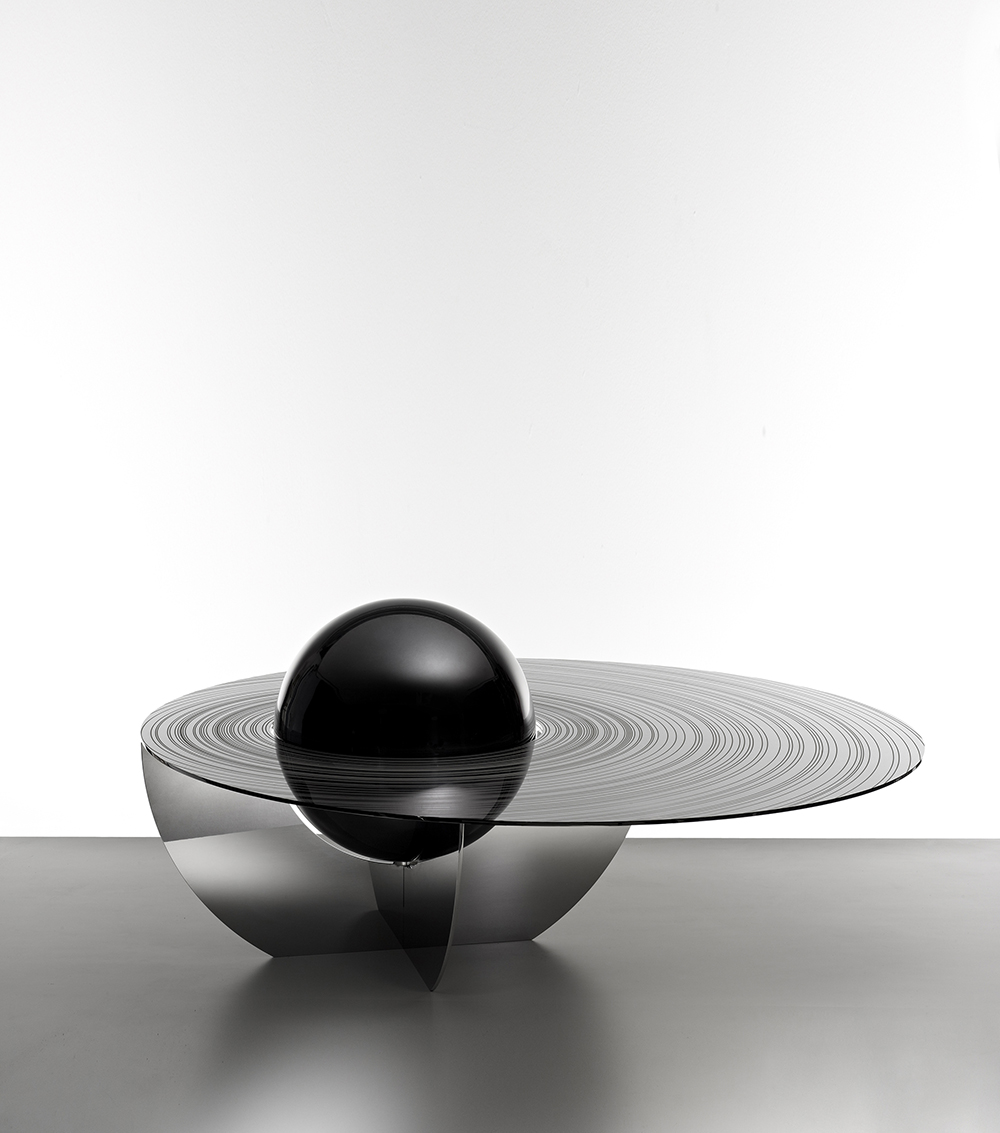
Gallery Fumi / PAD London 2014
October 13, 2014
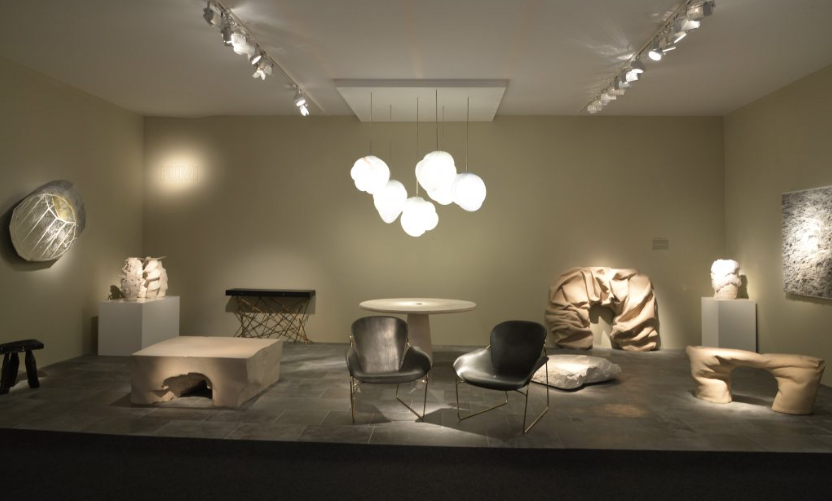


London Design Festival / Lapicida / Table Talk / 2014
September 12, 2014
Stilwerk Design Gallery / Heavy Metal / 2014
July 24, 2014
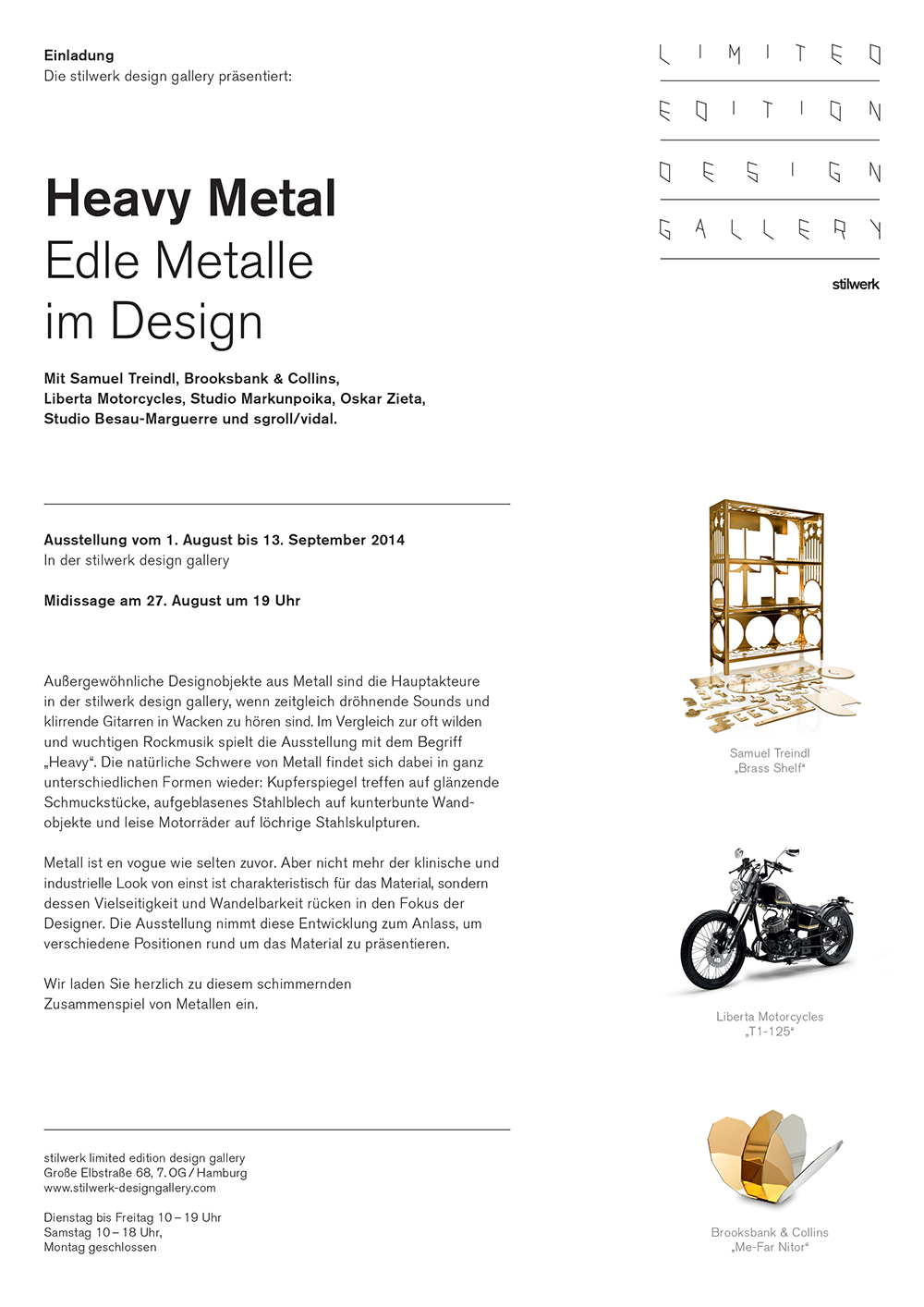
Clerkenwell Design Week / The Makings of Luxury 2014
June 23, 2014
The first edition of The Makings of Luxury launches this May at Clerkenwell Design Week 2014 (CDW). The micro-exhibition will present an edit of five UK makers, each demonstrating a contemporary interpretation of a timeless skill.
Short curated videos will describe the process, studio, tools and materials that have made each exhibit. Confirmed exhibitors include refined concrete forms by Katharina Eisenkoeck, polished brass vessels by Brooksbank & Collins, hand-thrown ceramics by Nigel Matthews, silversmith Juliette Bigley, and hand-woven textiles by Bristol-based studio, Dash & Miller.
The exhibition is located in the ADDITIONS hall, which presents smaller design pieces to gallery owners, interior designers and retail buyers, the micro-exhibition. Supported by CRAFTS magazine, makers have been carefully selected from across the UK.
Organiser Nick Wiltshire comments: “The antithesis of mass production, the maker is both the architect and the artisan, producing limited quantities with a very pure expression of concept. For the collector, these makers offer original aesthetics and highly skilled execution, but also the opportunity to commission bespoke works and explore precious materials that you rarely see in large-scale manufacture.”

Alle Metalle / imm Cologne / 2014
January 9, 2014
Brooksbank and Collins are proud to launch the MeFar Solum bowls during Passagen as part of imm Cologne 2014.
The exhibition Alle Metalle, edited by Antonia Henschel & Sebastian Herkner takes place from 13th – 19th January, 5th Floor, BayenStrasse 65, Cologne, Germany.
Alle Metalle / all metal, is an exhibition based on a book by Trademark Publishing. It shows classic products as well as contemporary design made of metal. Most products are made of copper or brass and have been manufactured in different techniques.
The book series ‘Objects’ is designed as a reverence to noteworthy phenomena in product design. The second book ‘All metal’ is dedicated to all things metal. Chairs, tables, trays, lights, mainly in copper or brass. In his essay Markus Frenzl writes: ‘This new enthusiasm for the old copper alloys is a material expression of a new design aesthetic: Unlike their predecessors, young designers are not keen to invent the future, but rather to save the culture of real-world products from the threat of digitalisation and virtualisation. They are not trying to distance themselves from previous generations of designers at all costs, and are happy to be inspired by the elegant Fifties designs of Gio Ponti, Finn Juhl and Charles and Ray Eames. As a part of this process, they have re-discovered the cultural treasure of the modern era and its materials for themselves. After all, even in 20th century modern design, which we long believed to have focused entirely on cold, chrome-plated objects, designs still appeared from time to time based on materials that had a hand-made feel: brass, copper and bronze.’
On the occasion of imm cologne 2014, in the off-programm Passagen, the editor of the book Antonia Henschel and the designer Sebastian Herkner have collaborated to transfer the book into an exhibition. Featured are products by Konstantin Grcic, Tomás Alonso, Mategot, Mark Holmes, Sebastian Herkner, Oskar Zieta, Stefan Diez, Kai Linke, Luigi Caccia Dominioni, Poul Henningsen amongst others. The exhibition was initiated in cooperation with TØNDEL Interior Design.
Exhibition photographs copyright Antonia Henschel
Gallery Fumi / Group Exhibition / New Works 2013
September 24, 2013
Copper in a Box / 100% Design / 2013
August 29, 2013

